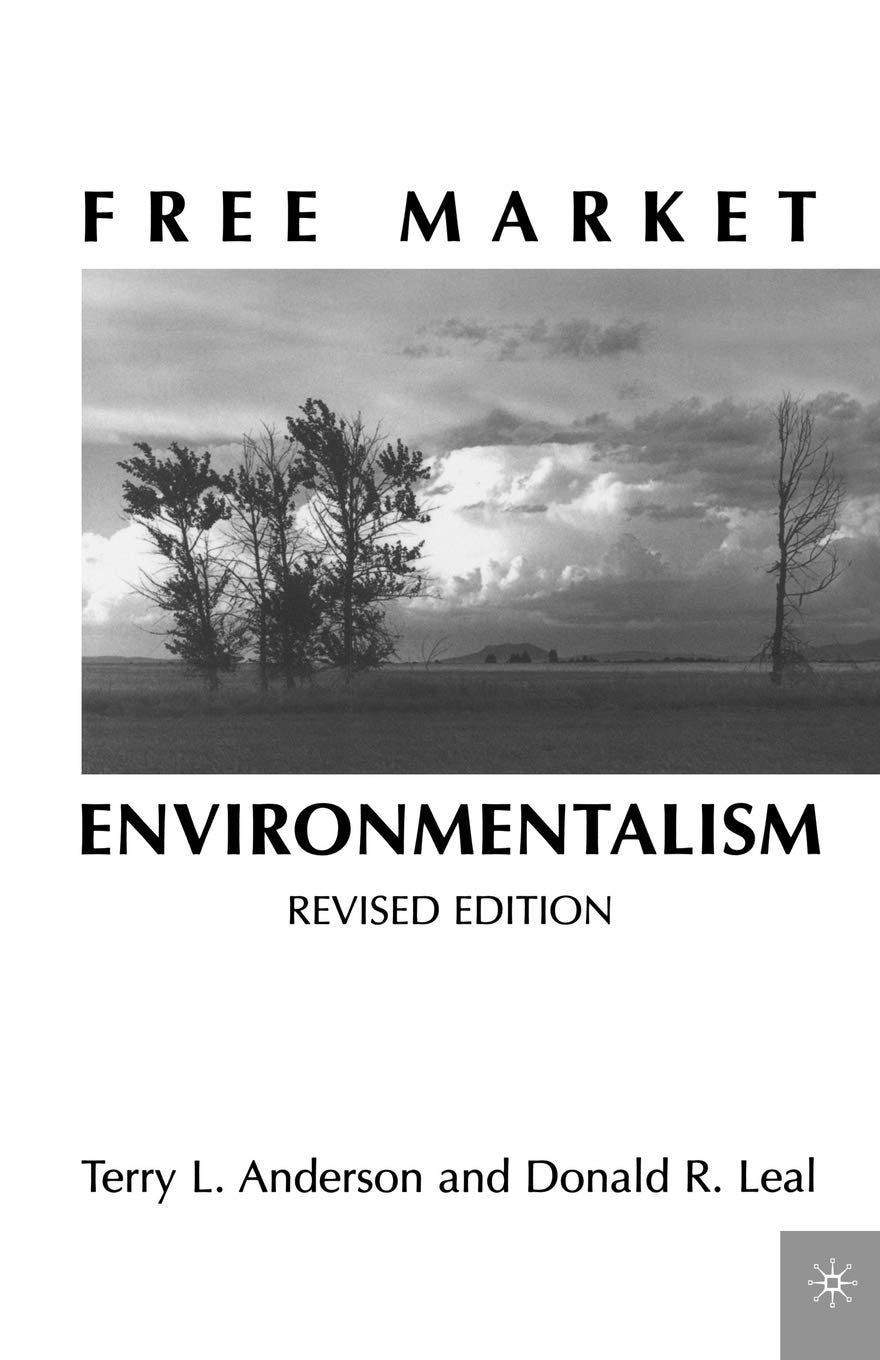On the night of January 8th, 2025, I flew from San Francisco over the LA Fires and landed at LAX. Over the next two weeks, we were quite anxious about new fires approaching our Westwood house. The air smelled of smoke, and we stayed inside, running our air purifier 24 hours a day.
In the aftermath of the fire, I sat down and asked myself some basic questions: “What does microeconomics have to say about why this disaster occurred?” More generally, what do we now know about what factors determine our natural disaster risk exposure? Why does any damage occur at all when such rare events happen?
Over the last two and a half months, I have been generating audio transcripts using Zoom and feeding them through Grammarly. I take my rewritten streams of consciousness and completely edit these into organized chapters. Yesterday, I released a free copy of my new 47,000-word book. You can download a free .pdf file of the book here.
This is not a textbook. This is not a technical book, but it is a rigorous book in terms of its logic.
Readers will quickly see that I embrace Terry Anderson’s Free Market Environmentalism perspective. His book, co-authored with Don Leal, greatly influenced my thinking about the world.
Most of the topics in my book focus on the United States, but I believe that my economic points are generally applicable. For those interested in the economics of disasters in the developing world, consider this important World Bank publication.
Here is my book’s Table of Contents;
Chapter Two Disaster Risk Exposure Time Trends
Chapter Three: Fat Tail Economic Risk
Chapter Four: The Free Market Perspective on Achieving Optimal Disaster Resilience
Chapter Five: Housing Demand and Household Disaster Risk Exposure
Chapter Six: The Unintended Consequences of Federal Home Ownership Subsidies
Chapter Seven: Local Land Use Regulations Hinder Disaster Resilience
Chapter Eight: Government Insurance Policy Hinders Resilience
Chapter Nine: Farming Policies Distort the Allocation of Land and Water
Chapter Ten: Do Federal Flood Control Investments Bolster Resilience?
Chapter Eleven: Is the United States Over-Investing in Decarbonization and Under-Investing in Resilience?
Chapter Twelve: An Optimistic Take on Senator Sheldon Whitehouse’s Nightmare Scenario
Chapter Thirteen: Economics Lessons from Natural Disasters Around the World
My pitch for why you should read my new book is simple: The New York Times and other influential media outlets continually publish items claiming that we are not adequately prepared to handle natural disasters, and these disasters will only worsen over time due to climate change. I challenge this conventional wisdom, arguing that we have a tremendous capacity to adapt to natural disaster risk if government regulations and policies do not distort the free market price system. I focus on the economic incentives that both encourage us and discourage us from adapting to anticipated risks. My book celebrates the fact that free markets solve problems that people are willing to pay to solve. I even discuss Milton Friedman’s example of the Pencil! Watch this video. In my case, disaster resilience is like a pencil.







From the Table of contents, it did not see a chapter of insurance. One would expect that in a well-functioing property insurance system rates would reflect changing natural risks and adaptation that owners make to reduce vulnerability to those risks. https://thomaslhutcheson.substack.com/p/climate-risk-and-insurance
"we are not adequately prepared to handle natural disasters, and these disasters will only worsen over time due to climate change. I challenge this conventional wisdom, arguing that we have a tremendous capacity to adapt to natural disaster risk"
There is nothing inherently contradictory here. The accumulation of CO2 in the atmosphere has created and will create geophysical events that will become more extreme in the future. These events require costly adaptation to minimize their harm. The cost minimizing approach is to invest both in adaption and in reducing the accumulatio that drives the events.
Although all investment has opportunity costs, it seems perverse to pose either adaption of mitigation as a unique tradeoff when investments in either reduces the optimum investment in the other.